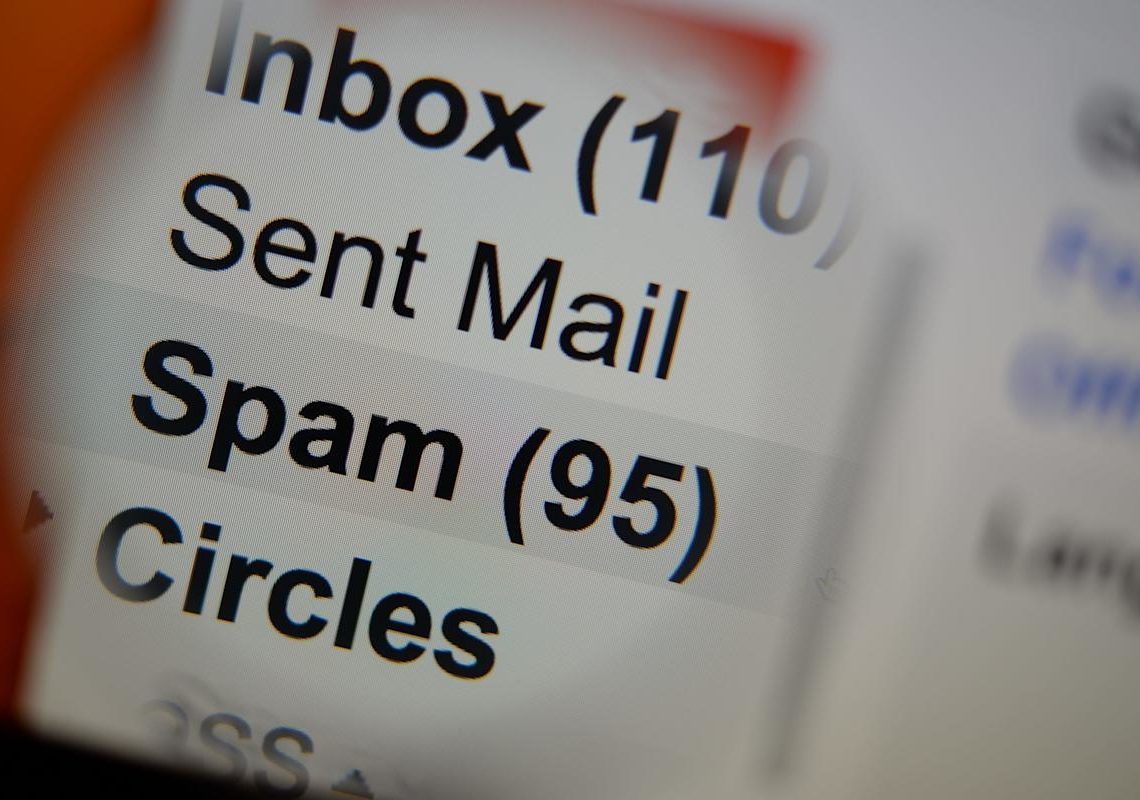A word to the wise: That “click to unsubscribe” link at the bottom of those unwanted email newsletters and new product announcements may do the exact opposite of what you’d hoped.
TK Keanini, CEO at cybersecurity software seller DNSFilter, recently told the Wall Street Journal that clicking the “unsubscribe” link in hopes of getting off annoying email lists could do more harm than good, if you happen upon the wrong one.
Instead of adding users to a “do not send” register, the links could instead send them to a mock landing page or give scammers the exact confirmation they were looking for, allowing them to pick out better potential victims, according to Keanini and DNSFilter, per the outlet.
Here’s what to know about safely freeing yourself from a cluttered inbox full of spam.
Think twice before hitting ‘unsubscribe’
At least one in every 644 “click here to unsubscribe” links led to potentially malicious websites, DNSFilter found, per the WSJ. While some may be looking for people to input personal information, such as an email address or other account details under the guise of “unsubscribing,” others are simply testing to see if you are paying attention.
Like with spam callers who repeatedly call but leave no message or follow-up, some of these links serve the purpose of simply telling the person on the other end that you have received, looked at and clicked on items within their messages.
An individual’s initial click may not lead to imminent doom, but it can identify them as a potential future target.
Be smart with your wallet: Sign up for USA TODAY’s Daily Money newsletter.
Do this instead
Most email service providers and platforms have a built-in unsubscribe feature that does not require interacting with any shady links. The easiest and most common are the “list-unsubscribe headers,” the banner with a hyperlink from your mail provider that is usually positioned in or right above or below an email’s header. Clicking through this should allow you to unsubscribe from repeat emails without going to an external website.
On the other hand, if the email or sender is one you never want to see again, you can simply mark either as spam, delete the unwanted message and block the sender’s email address. You can even block a sender’s IP address in case they send those annoying blasts from several different accounts.
You can also set up manual filters for emails that will automatically divert them to your spam box, or if you want to keep things even more contained, set up a separate email address to use when interacting with potentially spammy sources. Some services even have a built-in email hiding option, like Apple’s “Hide My Email.”
This article originally appeared on USA TODAY: Want to get off email lists? Do this, don’t click ‘unsubscribe’
The post Think again before clicking ‘unsubscribe’ on spammy emails. See safer options. appeared first on USA TODAY.



